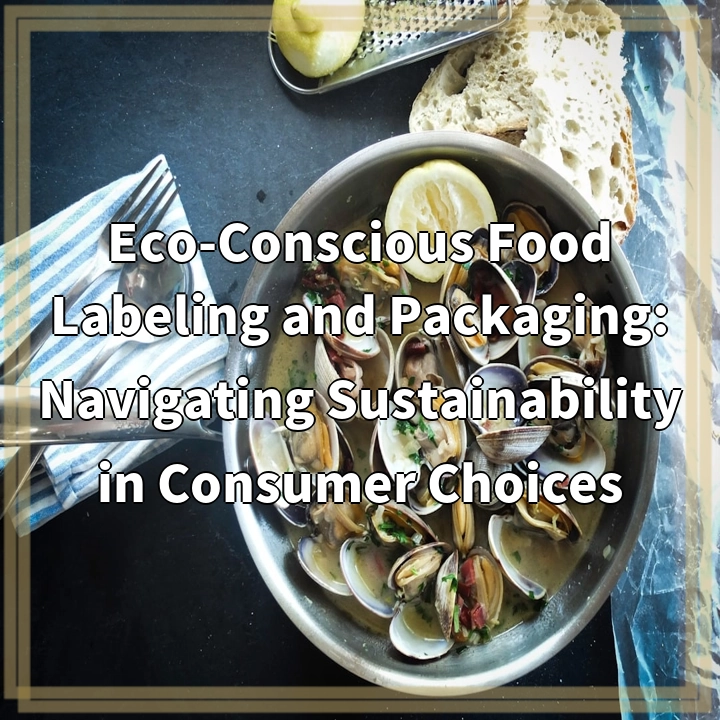
What it is:
Eco-friendly materials in winter sports outfits refer to sustainable fabrics and components that minimize environmental impact while providing the necessary functionality and performance for winter sports enthusiasts. These materials include recycled polyester, organic cotton, hemp, merino wool, and biodegradable alternatives. Brands increasingly focus on using eco-conscious manufacturing processes, ensuring a lower carbon footprint, and reducing waste in their production lines. As climate change and environmental awareness grow, the demand for sustainable options in winter sports gear is on the rise, allowing athletes to enjoy their favorite activities while supporting ecological stability.
Real-world problems:
Despite the increasing availability of eco-friendly materials, there are several real-world problems associated with their adoption in winter sports outfits. Firstly, many consumers remain unaware of the differences between traditional and sustainable materials, which can hinder demand for eco-friendly options. The lack of awareness leads to a preference for established brands that may not prioritize sustainability.
Secondly, the cost of production for eco-friendly materials can be higher than conventional fabrics, resulting in elevated prices for consumers. This can make sustainable winter sports outfits less accessible, particularly for budget-conscious individuals or families.
Additionally, the entire lifecycle of sports gear – from the extraction of raw materials to manufacturing, transportation, and disposal – can contribute to significant environmental harm. If eco-friendly materials are not paired with sustainable practices throughout their lifecycle, the potential benefits can be undermined.
Finally, while some brands are making strides in sustainability, the industry as a whole still faces challenges regarding transparency and accountability. Consumers often find it difficult to ascertain which brands genuinely prioritize eco-friendliness and which engage in ‘greenwashing’ – marketing themselves as environmentally friendly without substantial practices to back those claims.

Solutions for Eco-Friendly Materials in Winter Sports Outfits
To address the challenges associated with adopting eco-friendly materials in winter sports outfits, several solutions can be implemented across multiple levels, from consumer awareness to industry practices.
Increase Consumer Awareness
Educating consumers on the benefits of eco-friendly materials is crucial. Brands can invest in marketing campaigns that highlight the advantages of sustainable options, such as their reduced environmental impact and performance benefits. Organizing workshops or participating in community events can further spread awareness about the importance of choosing sustainable winter sports gear.
Make Sustainable Options Affordable
To tackle the issue of cost, brands could explore partnerships with eco-conscious suppliers to reduce production expenses. Additionally, they can offer budget-friendly lines made from recycled materials, making high-quality, sustainable winter sports outfits more accessible to a wider audience.
Enhance Transparency in Practices
Brands should prioritize transparency by adopting clear labeling and reporting systems that detail the sustainability of their products. Third-party certifications can also help consumers make informed choices. By providing clear information on sourcing, manufacturing processes, and environmental impact, brands can build trust and distinguish themselves from those engaging in greenwashing.
Focus on Lifecycle Sustainability
Implementing a full lifecycle approach ensures that eco-friendly materials are complemented with sustainable manufacturing, packaging, and disposal methods. This includes designing for durability, encouraging recycling, and developing take-back programs that facilitate the responsible end-of-life management for winter sports outfits.
Collaboration and Innovation
Lastly, encouraging collaboration within the industry can accelerate innovation in eco-friendly materials. Brands, researchers, and environmental organizations can work together to create sustainable fabric technologies, improve recycling processes, and find new ways to reduce waste throughout the entire production chain.















